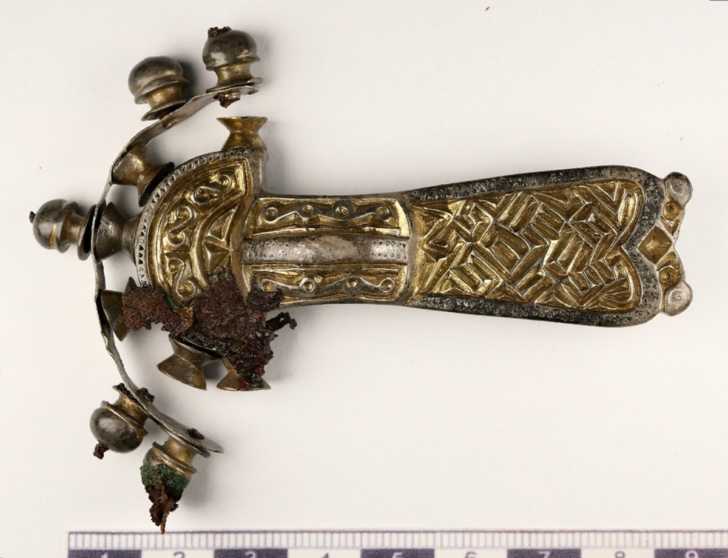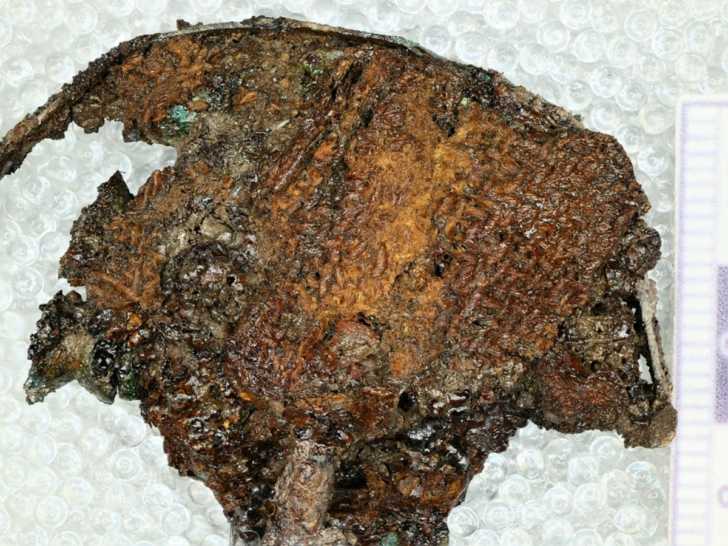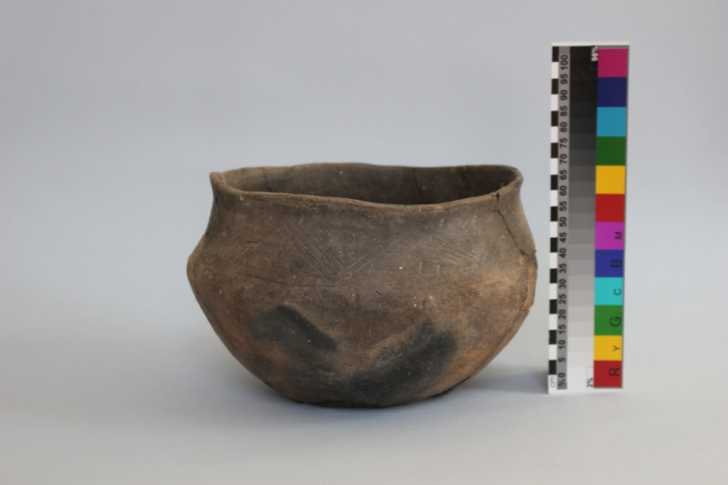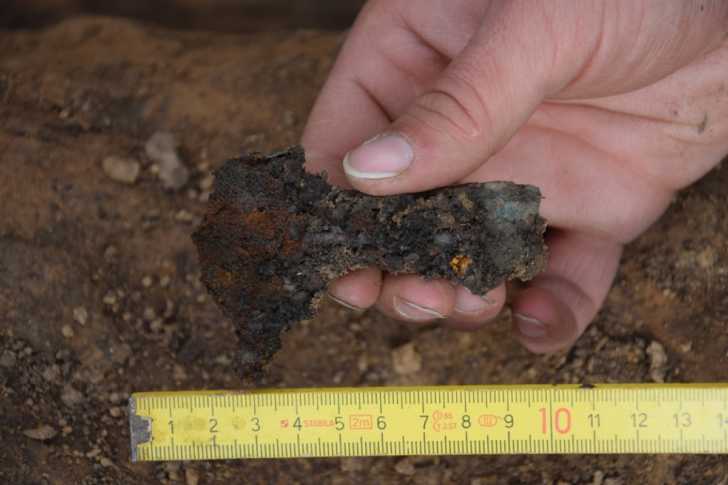5th Century Bohemian Graves Show Elaborate Burials
These graves were loaded up with funerary goods.
Archaeologists from the Museum of Eastern Bohemia recently published findings on a series of 6 graves that were initially discovered in 2019. 5 of the 6 graves had already been looted years before the find was made by researchers. The looted graves still bore some evidence of how the people were buried. But, one of the graves sat untouched with all the funerary finery intact. The graves are located in the Hradec Králové region of the Czech Republic, an area in the north-eastern part of the what was once known as Bohemia.

The graves date from the 5th century and show a complex series of rituals and death objects in the untouched grave. The remains of the person buried in this grave were analyzed and found that the grave occupant was a woman between 35-50 years of age and had a collection of valuable items that she was buried with.
The most magnificent objects found with her were gold and silver belt buckles inlaid with semi-precious stones. The gold was applied to the silver base in a basketweave pattern and would have been an extremely valuable item in any era, but particularly in the 5th century. There were four of these clasps found at the grave, such as would be found on a coat or cloak.

A headdress also made of gold was present, as well as glass beads, a knife, a comb made of bone, and eggshells. The latter must have held ritual or spiritual significance.
Remnants of the woman’s clothing were also found and she was wearing two different types of materials. Fabric samples indicate a twill type of woven fabric and also animal fur or leather. The other graves, though looted, still did yield some artifacts including knives and a short sword.

Inside one of the looted graves was a very valuable piece that the grave robbers missed: a pottery vessel. When residue on the vessel was studied it was found to posses acids and fats indicating that it was once filled with broth made from a ruminant (like cows). Could this have been an offering of food to help the deceased in the afterlife? Or was this a pot that had been used to make food in life and was buried with its owner?

Analysis of the bodies shows that they had various ailments. One body showed more muscle mass on one side of the body than the other, possibly indicating that the person had been a long-surviving stroke victim. Other grave remains showed visible signs of arthritis. Another body showed evidence of cancer on the pelvis and the skull. The age range of the people in the graves are estimated to be between 16 and 55 when they died.

Research into who was buried there is ongoing with DNA analysis to be performed in conjunction with the Max Planck Institute. Given the varied age estimates, DNA analysis could reveal if the deceased were all related. If so then this would have been a family grave plot, not unlike the way many people are buried today. Due to the damage caused by the looters, researchers were not conclusively able to identify each set of remains as either male or female, except in the case of the woman with the gold buckles, whose grave was untouched by thieves.
SKM: below-content placeholderWhizzco for DOT

